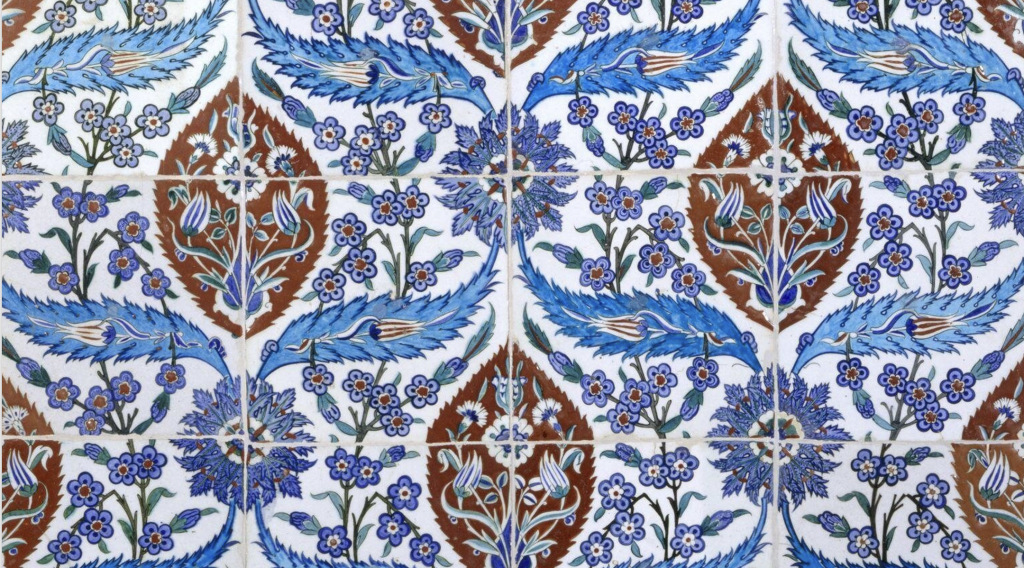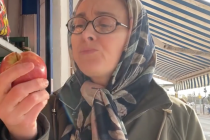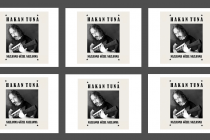İznik pottery is named after the town of İznik in western Anatolia where it was founded. From the last quarter of the 15th century until the end of the 17th century, these decorated ceramics were one of the most important decorative materials embellishing Ottoman structures ranging from palaces to mosques.
Today, you can see these exquisite tile patterns showcased in the Victoria & Albert Museum, which this half-day in-person workshop by renowned artist Nagihan Seymour is inspired by.
Whether you are an aspiring artist, a lover of traditional arts, or simply curious about Ottoman culture, this course is perfect for you!
You will have the opportunity to learn about the history of the traditional İznik ceramic and Cini patterns, and to paint and recreate these stunning designs.
During the workshop, participants will first be introduced to all the materials and their uses. After becoming acquainted with the materials, they will be shown painting techniques in the Iznik style using traditional Iznik ceramic paints from Turkiye.
The workshop will be held at the Yunus Emre Institute in central London at the end of January and is open to anyone aged 16 or over.
About the pictured tile
The tile pattern shown above is from the V&A Tile Collection (O90733). The tile is thought to have been produced around 1580 and are believed to be from the baths at the mosque of Eyüp Ansari in Istanbul.
The pattern is not self-contained. It can be repeated endlessly, like a textile design. Each group of four tiles has the complete pattern, which is symmetrical on the vertical axis.
According to the V&A Museum, the tiles were produced at the Iznik potteries near Istanbul. The imperial court renewed its patronage of Iznik ceramics during the construction of the Süleymaniye mosque in Istanbul in 1550 to 1557. The first Iznik tiles were produced, and potters added a bright red to the range of colours painted under the glaze. This was achieved with a slip made from a special clay.
In the following decades, tiles of high quality were decorated in red, green and tones of blue on a white ground. Dishes, bottles and other vessels had similar decoration on white or coloured grounds.
Workshop Details
Title: Turkish Pattern from Museum Collections: Victoria & Albert Museum
Date: Saturday 27 January 2024
Time: 1pm to 4pm
Venue: Yunus Emre Institute, 10 Maple Street, London W1T 5HA
Admission: the fee for this workshop is £45 (includes booking fee).
Tickets: you can pay and register your place on this course via Eventbrite, click here to access.




